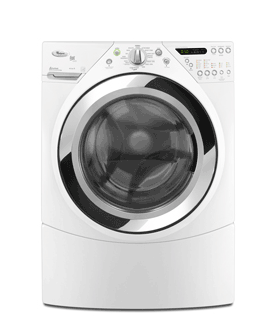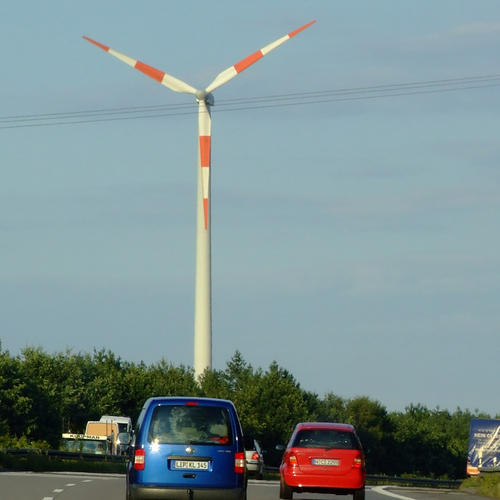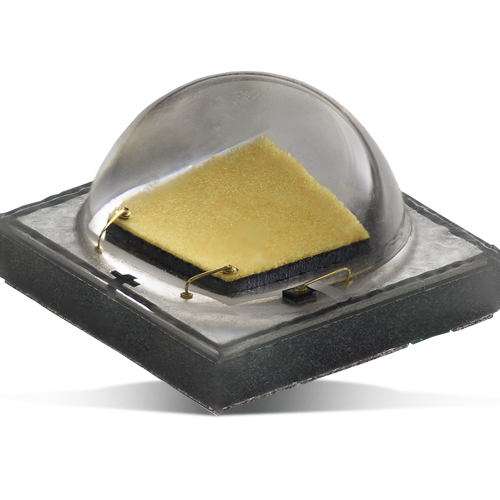
Image Credit: Whirlpool.com
In the 1980s, when my wife and I were expecting our first child, we decided it was time to give up our weekly adventure at the laundromat and buy our first clothes washer: a used Maytag. It was rugged and generally dependable despite its age, but it had a big drawback: it used about 50 gallons of water to wash a load of laundry. Our house was served by a spring that often ran dry in the late summer, so we had to watch our water use very carefully. It wasn’t too long before we decided to replace that Maytag.
Even back then, I was a resource-efficiency fanatic, and I wanted to buy a high-efficiency washer that would use not only significantly less water but also a lot less energy–because most of the energy use of a clothes washer is to heat the water. I had done enough research on laundry appliances to know that front-loading (horizontal-axis or H-axis) washers were much more efficient than top-loading (vertical-axis or V-axis) model. Front-loaders were common in laundromats, and they dominated the market in Europe.
In the U.S. residential appliance market, however, only one front-loader was on the market back then. It was made by White-Westinghouse and was far from a best-seller. I did some digging, though, and managed to order one through an appliance dealer in Brattleboro, Vermont.
H-axis clothes washers are more efficient than V-axis models because the laundry doesn’t have to be all the way submerged in wash water to be cleaned. In an H-axis machine, the perforated drum holding the clothes sits in a watertight tub holding a relatively small amount of wash water and, as the drum rotates first in one direction then the other, the clothes are dipped into and out of the water. In a standard top-loader with vertical “agitator,” by contrast, to ensure that the clothes are cleaned, the drum has to be nearly full of water.
As a result, most top-loading clothes washers use 40-50 gallons of water to wash a load of laundry (some new ones are better), compared with only about 20 gallons for a typical H-axis model–and according to most experts, they do a better job getting clothes clean. If you wash laundry in hot water, the less water you use, the more energy you save. In using less water, H-axis washers also require less laundry detergent, achieving additional savings. Most of them spin much faster, so they remove more moisture and you can save energy on clothes drying. Finally, because you don’t have to access the washer from the top, you can stack a washer and dryer, saving space in your house. The major downside is that you have to bend over to load and unload the washer.
We were happy to save water and energy with our White-Westinghouse washer. But it did take some getting used to. It turns out that to support the heavy drum on a single bearing in the back, a large counterweight was required to keep the machine balanced. I mean really heavy!
The machine had something like a 200-pound concrete mass built into it, and when it would go into the spin cycle, it sounded like a 737 about to take off. Visitors to our home, upon hearing it, would look around wondering if an airplane was about to crash into our back bathroom where the clothes washer was located.
With all the vibration, the washer, despite being weighted down by a dryer sitting on top of it, would gradually “walk” across the bathroom, requiring us to periodically muscle it back into place—no easy task, given its weight. And all the vibration wore it out after not-too-many years.
I’m glad to report that today’s H-axis washers are much more common and much better. The market share of H-axis washers in the U.S has grown from about 1% in 1995, to over 30% of sales today. As availability has increased, reliability has improved and costs have dropped.
We replaced our old washer with the model that replaced it when Frigidaire acquired White-Westinghouse and infused European H-axis technology to their North American products. We used that washer quite successfully for perhaps a dozen years, and just replaced it a couple years ago with an even better Whirlpool Duet, which we have been highly satisfied with.
I invite you to share your comments on this blog. You can also follow my musings on Twitter.
Weekly Newsletter
Get building science and energy efficiency advice, plus special offers, in your inbox.















4 Comments
Washer efficiency...
As you noted, the biggest cost is heating the water. DON'T HEAT THE WATER! I have been using cold water to wash clothes for years, and it works just fine. The money saved on not buying a HE washer (and not heating the water) was used to put in a rain barrel system (re-used pickle barrels), so now we have more free water than we can use. My next washer will be a recycled machine from a good appliance repair place. Think low-tech before spending big bucks for a long payback period.
Oh, and we hang out laundry to dry in dry weather, and use drying racks indoors in wet weather. We use a dehumidifier in the laundry room (1/10 the electricity usage), and the heat stays inside, rather than being vented out. Use the water for flushing!
Fine Choice
AmeriSus is the country's newest solution to expensive housing. They will be putting in place 12,000 smaller, attractive, affordble, super efficient, sustainable homes in 15 states over the next 24 months. Each home will come with a Whirlpool Duet washer and dryer as well as a package of other efficient Whirlpool appliances. We say we are building Smart Homes for Everyone and Whirlpool is helping us be a bit smarter.
Waterless Cleaning for laundry (dry cleaning)
Very interesting article. I have worked for Maytag, Whirlpool and Stepan Company and have now formed my own start-up company, Waterless Cleaning. We are looking to work laundry equipment companies to build a waterless washing machine. I am a Chemist and Scientist and believe we can use green solvents for laundry that can be recycled/reclaimed and be used 20-40 times depending on how dirty your clothes are. Most consumers dump 15-20 gal of water plus detergent where the dirt is less than the detergent. This technology will first be applied to institutional laundry and dry cleaning markets first. Consumers abroad in areas with low water availability would be next. Consumers in the SW would probably be the first to change but water is cheap and plentiful in the US to change quickly.
Contact me by e-mail if you would like to know more. Great article. I wonder how what one will look like in the near future.
Combo is best
We used to have one of the Hoover models three years ago for $900. It was very solidly build and ran quite smooth even on the top floor - because our house is quite small so no room for wahing machine in the kitchen.
But recently have to change over to LG combo washer dryer and the result was quite satisfactory.
At least my wide doesn't complain anymore about having to manually hand dry clothes - because the old Hoover could only do washing and some spinning.
Its interesting that everyone was suggesting a Samsung or Whirlpool washing machine over LG when we planned on buying one, because our friends said LG wouldn't do good cleaning. But as turned out, so far all out clothes or white clean like on TV commercials and could smell any nicer, even if we forgot to pull out the clothes for few hours.
Log in or create an account to post a comment.
Sign up Log in